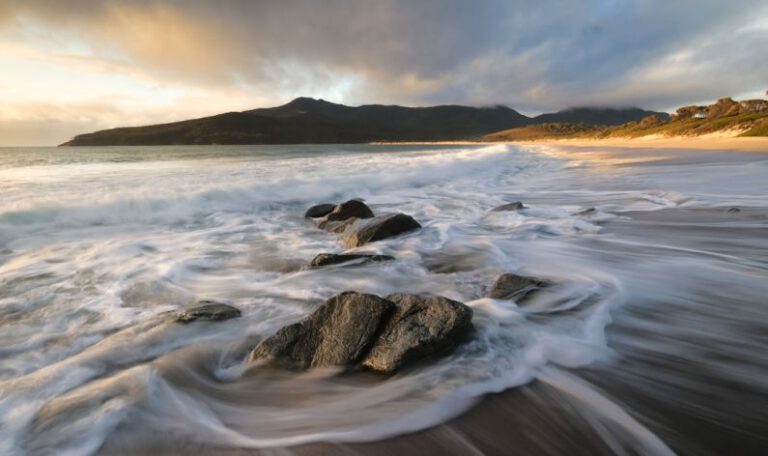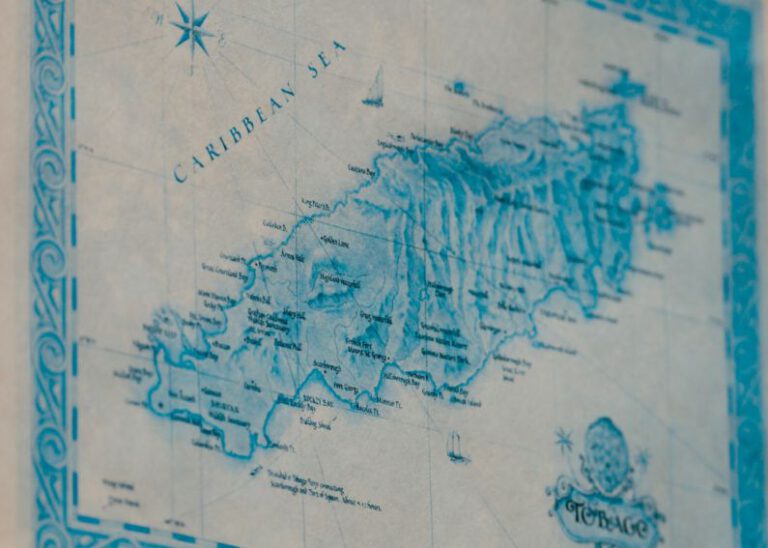How Are New Islands Discovered Today?
Exploring the Uncharted: How Are New Islands Discovered Today?
In a world where it seems like every corner has been explored and mapped, the discovery of new islands still holds a sense of mystery and adventure. While it may seem like all the islands on Earth have been found, the truth is that new islands are still being discovered today. With advancements in technology and a growing interest in exploring remote regions, the process of discovering new islands has evolved over time. Let’s delve into the fascinating world of modern island discovery and uncover the methods and tools that are used to unveil these hidden gems.
Satellite Imaging: The Eye in the Sky
One of the most significant advancements in modern island discovery is the use of satellite imaging. With satellites orbiting the Earth and capturing high-resolution images of the planet’s surface, researchers can identify previously undiscovered landmasses. By analyzing these images, scientists can detect changes in coastlines, spot potential new islands, and even track the formation of volcanic islands. Satellite imaging has revolutionized the way we explore and understand our planet, allowing us to uncover new islands from the comfort of a control room.
Underwater Mapping: Revealing Hidden Treasures
While many islands are visible above the water’s surface, some lie hidden beneath the ocean waves. Underwater mapping technologies, such as sonar and bathymetric mapping, play a crucial role in discovering submerged islands and seamounts. By sending sound waves deep into the ocean and measuring their return, researchers can create detailed maps of the seafloor, revealing hidden landmasses that were previously unknown. These underwater mapping techniques have opened up a whole new frontier in island discovery, shedding light on the hidden treasures that lie beneath the waves.
Exploration and Expeditions: Venturing into the Unknown
Despite the advancements in technology, there is still a place for good old-fashioned exploration and expeditions in the discovery of new islands. Adventurous explorers and scientists venture into remote and uncharted territories, braving rugged landscapes and harsh conditions in search of undiscovered islands. From sailing expeditions to aerial surveys, these intrepid explorers play a vital role in uncovering new islands and expanding our knowledge of the world’s geography. Their passion for discovery and thirst for adventure keep the spirit of exploration alive in the modern age.
Natural Events: Nature’s Unveiling
Nature itself can play a pivotal role in the discovery of new islands. Volcanic eruptions, earthquakes, and other geological events have the power to create new landmasses or reveal hidden islands that were previously submerged. For example, volcanic eruptions in the Pacific Ring of Fire have led to the formation of new islands, such as Surtsey off the coast of Iceland. These natural events serve as a reminder of the dynamic and ever-changing nature of our planet, constantly reshaping its landscapes and creating opportunities for new discoveries.
Collaborative Efforts: Sharing Knowledge and Resources
The discovery of new islands often involves collaborative efforts between scientists, explorers, and local communities. By sharing knowledge, resources, and expertise, researchers can pool their efforts to uncover new islands and study their unique ecosystems. International collaborations and partnerships play a crucial role in island discovery, bringing together experts from different fields to tackle the challenges of exploring remote and inaccessible regions. Through these collaborative efforts, we can continue to push the boundaries of discovery and unlock the secrets of our planet’s hidden islands.
Unveiling the Mysteries: The Future of Island Discovery
As technology continues to advance and our understanding of the world deepens, the discovery of new islands will likely continue to captivate our imagination. From satellite imaging to underwater mapping, from exploration expeditions to natural events, the methods used to uncover new islands are as diverse as the islands themselves. By embracing innovation, collaboration, and the spirit of adventure, we can look forward to a future filled with exciting new discoveries and the unveiling of the mysteries that lie hidden in the vast expanse of the world’s oceans.






